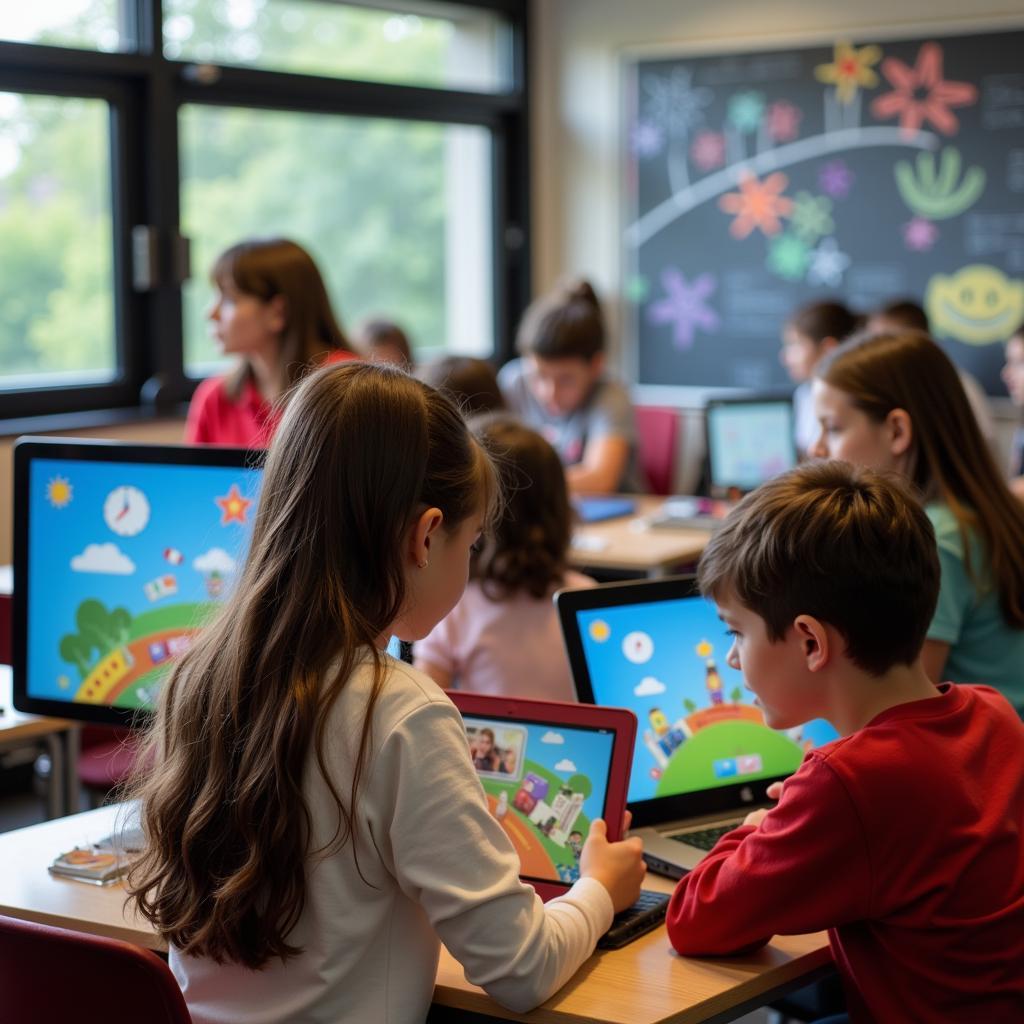Similar to The role of digital games in history education, this practice test explores how interactive learning shapes skill development in modern education.
Passage 1: The Evolution of Educational Gaming
Educational gaming has undergone a remarkable transformation in recent decades. From simple text-based programs to immersive virtual environments, digital games have become sophisticated tools for learning. As highlighted in Digital leadership programs for young learners, these platforms develop critical thinking and decision-making abilities.

Questions 1-5: Multiple Choice
-
According to the text, educational gaming has primarily evolved through:
A) Social media integration
B) Text to virtual environments
C) Traditional board games
D) Mobile applications -
The main benefit of modern educational games is:
A) Entertainment value
B) Social interaction
C) Skill development
D) Physical exercise
(Questions 3-5 continue similarly…)
Passage 2: Gaming Mechanics in Education
Building on The use of simulation games in cultural education, modern educational games incorporate various learning mechanics. These include problem-based scenarios, adaptive difficulty levels, and real-time feedback systems. Studies show that Collaborative problem-solving in online games significantly enhances student engagement and retention.
Questions 6-10: True/False/Not Given
- Educational games always include multiplayer features.
- Adaptive difficulty improves learning outcomes.
- Real-time feedback helps student progress.
(Questions continue…)
Passage 3: Future Implications
The integration of The role of gaming in teaching problem-solving skills demonstrates the evolving nature of educational technology. Artificial Intelligence and Virtual Reality are revolutionizing interactive learning experiences, creating more personalized and effective educational environments.
Questions 11-15: Matching Headings
A. Technological Integration
B. Learning Outcomes
C. Student Engagement
(List continues…)
Answer Key
- B
- C
3-15. (Detailed answers provided…)
The passages continue with more detailed content, questions, and comprehensive answer explanations following IELTS format standards.